The Backyard: 45.45300°N, 73.79909°W
First Observations made: 17:01-18:38 20/07/2023; Summer.
Mix of sun and cloud, 27°C, 10km/h wind NW, Humidity 55%.
26 Laurelwood avenue, Pointe-Claire, Quebec, Canada.
The location in question is approximately 700m from the Saint-Lawrence River, 300m away from Terra-Cotta Natural Park (a heavily forested city park with a creek), 1km away from Montreal International Airport, and backs onto a city park, Sunnyside Park, containing a large field, rain garden, shade trees and a walking path.
Pointe-Claire is a residential suburb of the Montreal Urban Community, peppered with parks, walking paths, roads, schools, sports fields and complexes.
The approximate area of the entire yard is 925m² or 10000ft², most of the yard is in the backyard. The front yard may be included in the study as it contains some cedar hedges, a crabapple tree, and a small annual/perennial garden. The backyard is mostly leveled and flat apart for a 4-foot-high bank planted and naturalized with trees, shrubs and perennials. The bank was built up for drainage from the field that it backs onto. Between the bank and the field there is a man-made ditch that has naturalized with plants and usually contains a trickle of running water through it. The property itself has a vast variety of native trees, shrubs, perennials and annuals as well as many horticultural varieties. These plants are distributed between different naturalized areas, garden beds, raised garden beds, and rock walls. A good portion of the backyard is a lawn that contains grass, wild strawberries, clover, dandelions and violas (amongst many other species).
After rigorous thought, I have decided on the backyard as my study location. Using some of the advice in the “Ideas on how to start” section of this course, every point on the list triggered a memory of an observation that I have made in the past. It is a place that I frequent daily, has a cornucopia of different plant, animal, fungus, insect and bird species. The vegetation has many layers from canopy to forest floor growing over varying topography, providing me with many gradients to study. The major trees that make up the canopy include catalpa, maple, spruce, honey locust, plum and crabapple. Some of the species of wildlife that can be seen daily include racoons, skunks, squirrels, rabbits, groundhogs, mice, turkeys, blue-jays, robins, blackbirds, cardinals, house wrens, chickadees, starlings and many more. The location itself has areas that are full sun as well as full shade, with every combination in between. The perennials and shrubs bloom at different times throughout the year, grow in different conditions throughout the yard and make up different layers of vegetation. As a horticulturalist I enjoy many different styles of gardening, introducing (what I think is) a lot of diversity as well as growing my own food. Not only does the property itself provide many natural gradients, it also includes many man-made structures that can influence nature as well (arbors, gazibo, greenhouse, fences, hedges, power lines, growing area contained by chicken fence, and compost sites). This begs the first question that came to mind: Is the horticultural work and time spent on the yard beneficial from an ecological standpoint?
Because the previously stated question is a very broad one, I further brain-stormed other questions based on observations made in the backyard over the years.
- How many different species grow, reside or can be spotted on the property? How many of these are native species, and how many are alien species? How many species make up each layer of vegetation; is there a weak link? How could this compare to the close by Terra-Cotta Natural Park; is the ecosystem broken?
- How do specific species (such as wood asters) differ when exposed to varying levels of sunlight? Can these differences be related to light exposure alone or are there other factors such as topography, soil type and access to water and nutrients?
- Which diseases or insect pressures affect which plants, and where? Are they more prevalent in different areas?
- Which pollinators are present on which flowers? How do environmental factors influence their presence and prevalence?
- Although I was only supposed to include 3 questions, a fourth is always lingering in the back of my mind: Why do the squirrels always eat my tomatoes, sunflowers and eggplants and are they the only culprits? What animals make use of specific plant varietals and species growing on the property? The blue-jays seem to enjoy the honeysuckle berries, and starlings always get the red currants ang goose berries before I can get to them, what else do I have yet to observe?
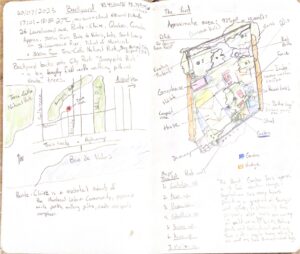
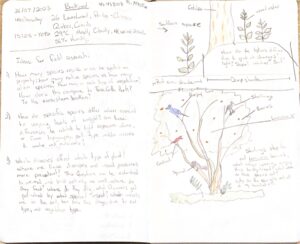
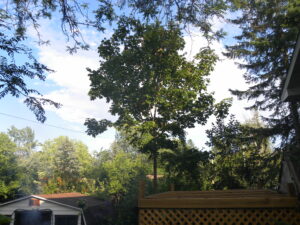
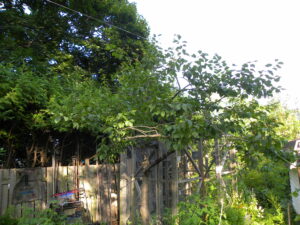
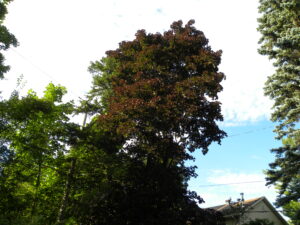
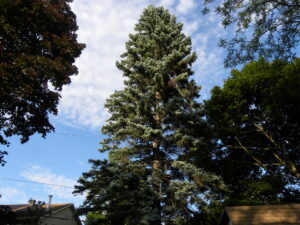
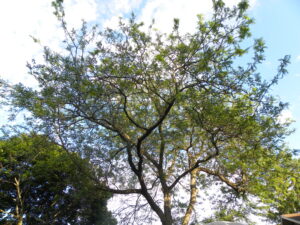
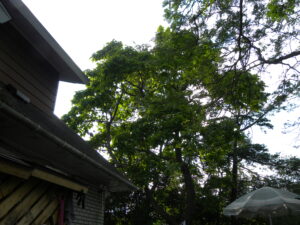
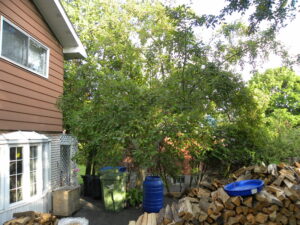
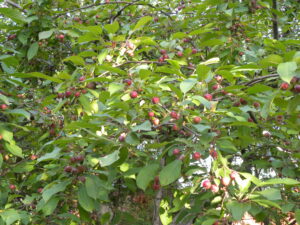

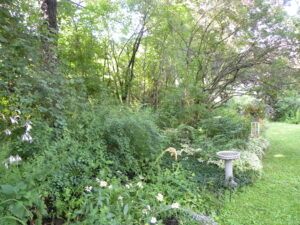
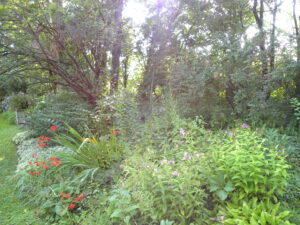
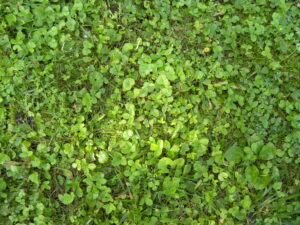
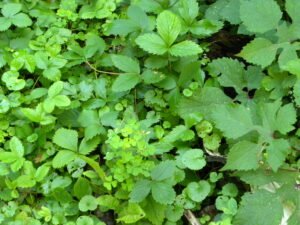
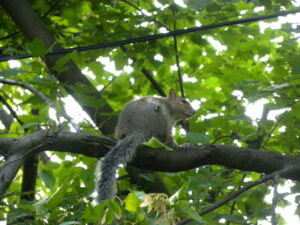
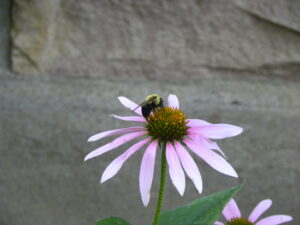
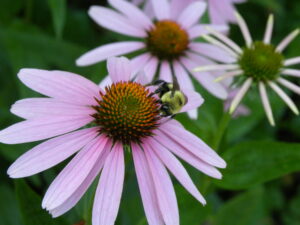
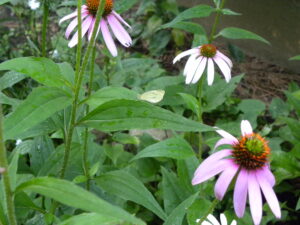
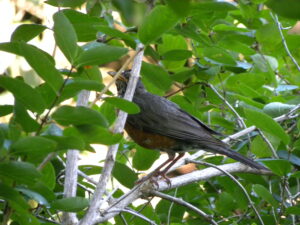
lots of questions and some great photos!
keep looking at the pieces and patterns.
be sure and ask a question that is answerable in the time-frame of the project – you may get some ideas by looking at other students’ posts
remember too that you will want to construct your questions in terms of predictor and response variables
thanks! Nancy Elliot
Hello Nancy,
Thank you very much for your comment and notes on my first Blog Post. I have considered the advice you gave me and would like narrow down the observations given in my post. In taking more observations (while still considering my interests) I have noticed some patterns regarding pollinators on my mint plants.
Pieces: Mint sp. as well as other members of the plant family Lamiaceae.
Patterns: I have noticed the same small pollinators (diptera and hymenoptera) visiting the blooms of different members of Lamiaceae.
After doing further reading and tutorials in the course, I hope that I have structured my field research project accordingly. My predictor variable would be: Flowers of members of the plant family Lamiaceae. Whereas my response variable would be: The pollinators visiting these flowers.
Is this the appropriate approach that I should be taking for Blog Post #3, or have I missed the mark? Would it be better if I narrowed Lamiaceae down to Mentha sp.?
Thank you for any advice that you would be able to provide.
I hope this message finds you,
George Purich